The All-in-One Guide to ECommerce Email Marketing Automation
If you’re looking to optimize your eCommerce marketing, you should start with your eCommerce email marketing automation strategy.
I know what I am looking for, and would like to chat.
A team of data-driven marketers obsessed with generating revenue for our clients.
Because the proof is in the pudding.
At Campaign Creators we live by three principles: Autonomy, Mastery, Purpose.
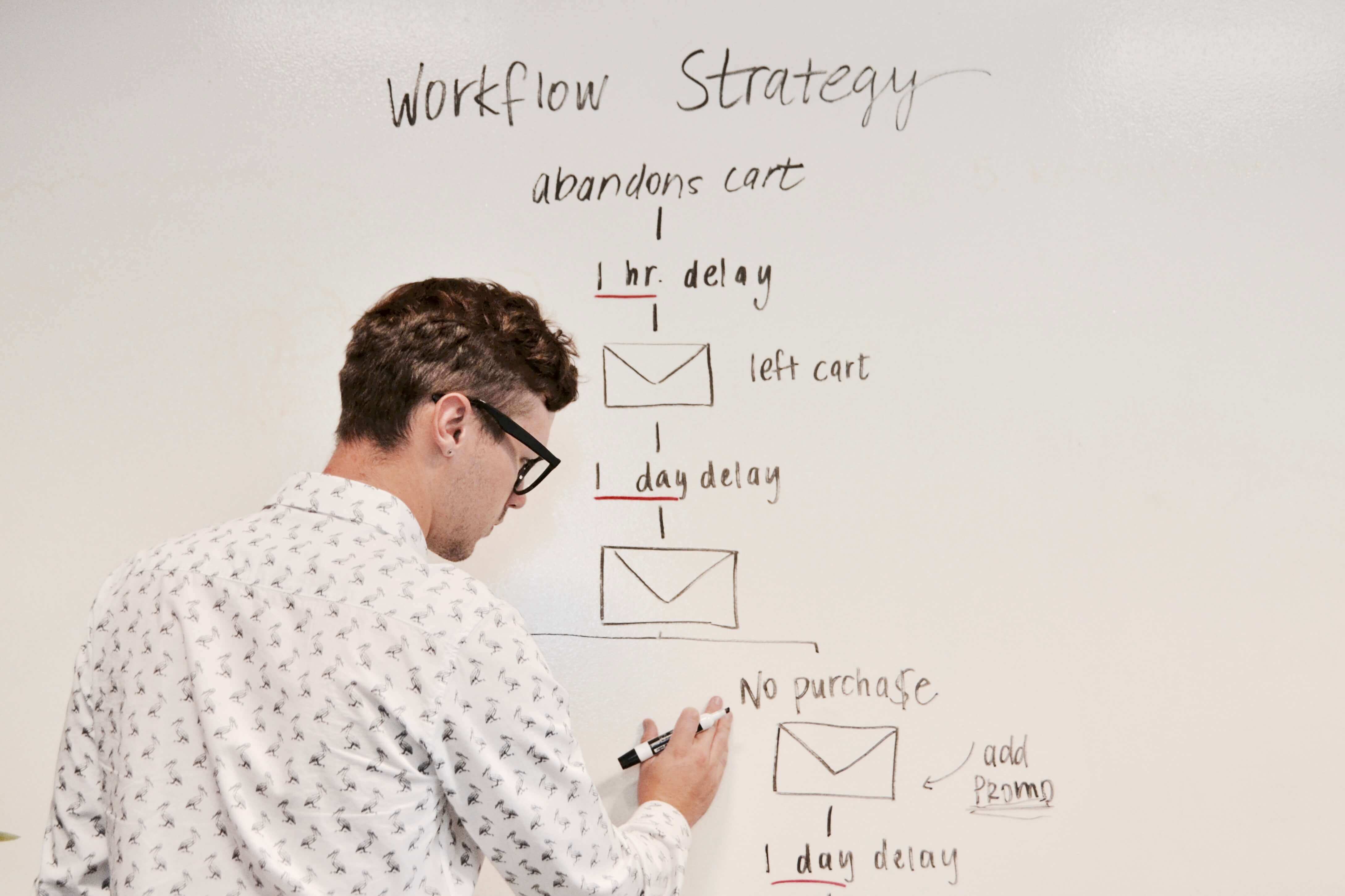
In 2017, eCommerce was responsible for around $2.3 trillion in sales. By the end of 2021, it’s expected to hit $4.5 trillion. Black Friday 2019 broke records by generating 7.4 billion in digital sales in the United States alone. Cyber Monday hit $9.2 billion.
Yet, as the eCommerce industry grows, cart abandonment rates grow right along with it. In fact, 69.57% is the average documented online shopping cart abandonment rate. If eCommerce businesses reduced their cart abandonment rate by a mere 1 percent, it would literally add trillions in online revenue.
So why isn’t it happening? What’s holding eCommerce merchants back from reducing cart abandonment and generating more sales?
Let’s assume that as a merchant, you’ve optimized your checkout by making all information easily available, like the return process, delivery costs and times, and warranty terms. You’ve also made sure not to surprise customers by adding extra charges right as they’re about to pay.
Why isn’t your cart abandonment rate going down? The answer is simple. You’re leaving one of the most lucrative eCommerce marketing channels by the wayside: email.
Email has the highest ROI out of any other marketing channel for eCommerce, and the statistics back this up. Email marketing yields $44 for each $1 spent. That’s a 4400% ROI.
There’s money to be made from email marketing and eCommerce businesses should be taking advantage of it; if you want to make a real impact and reduce your cart abandonment rates, generate sales and convert more customers, you need a kick-ass abandoned cart email strategy.
Essentially, an abandoned cart email is automated and sent to prospective customers who add items to their shopping cart, but don’t complete the purchase. The abandoned cart email acts as a prompt to get the customer to return to the eCommerce site and complete their transaction. We love this one:
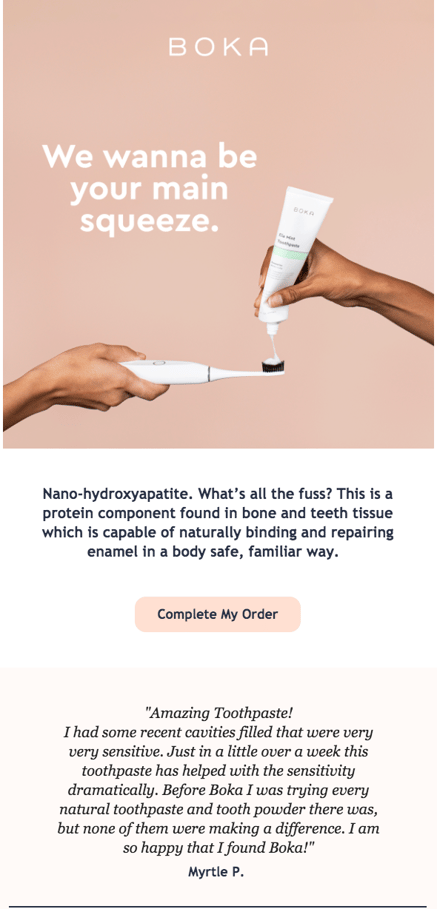
Image source: Boka
For whatever reason—whether they were distracted, their laptop ran out of power, their dog started barking, or someone called them on the phone—customers abandon their online shopping carts all the time. As much as 75 percent of customers who abandon their carts never meant to leave before completing their purchase—life just got in the way.
That’s where abandon cart emails come in. They act as a glue between the customer and the cart, used by merchants to recover those almost-lost-forever sales.
Typically, an eCommerce store will send 2-3 of these prompts after the cart was abandoned to entice customers to return.
These emails are sent over a series of days, usually 1-3 from when the cart was initially abandoned. The longer you wait, the more likely customers won’t return to your site to make a purchase, so sending abandoned cart emails as soon as possible is key. This blog from CoSchedule is a great resource for data on email activity:
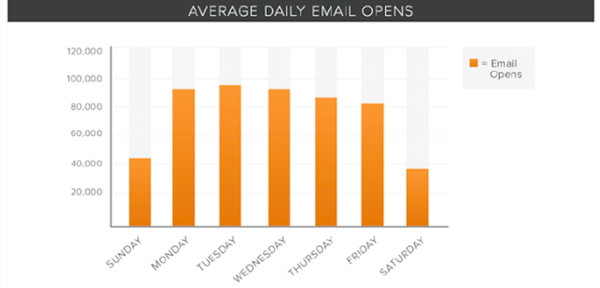
Image source: CoSchedule
Now that you know you need an abandoned cart email strategy, let’s look at how to actually put one together to win more sales and boost conversions. You can do this in 3 easy steps.
So how do you create an abandoned cart email? Well, first you need to figure out what your abandoned cart email should say. Just remember: the same rules to crafting any type of marketing email apply.
1. Start by defining your key messages. You want to make sure your email conveys the right message, at the right time to the right person. It’s all about relevance.
In order to map out your abandoned cart email’s messaging, first, think about who you’re talking to. It’s customers in your contact database who have abandoned their carts, but what else do you know about them?
The more you segment by using firmographic and demographic information—like job title, age and interests along with their previous purchase history—the more targeted and personalized your messaging will be.
2. Define what you want your customers to do. We know you want them to come back and make a purchase, but can you be more specific? Recall the exact product waiting in their cart and tell them exactly what steps they need to take in order to complete their transaction.
3. Communicate the benefits of completing that action. The benefit to your business is that you’ll make a sale—but what value are customers missing out on by not completing their purchase? Remember, customers are attracted to values and benefits, not a list of features.
Once you’ve figured out what you want your abandoned cart email to say, that’s when you’re able to move into the next phase of your email strategy: incentives.
By offering your customers a little something extra to nudge them toward a purchase, you’re increasing the likelihood of your abandoned cart email conversions. But beware: incentives can be tricky, as you do not want to undermine the value of your products. An email offering a small discount would be appropriate:
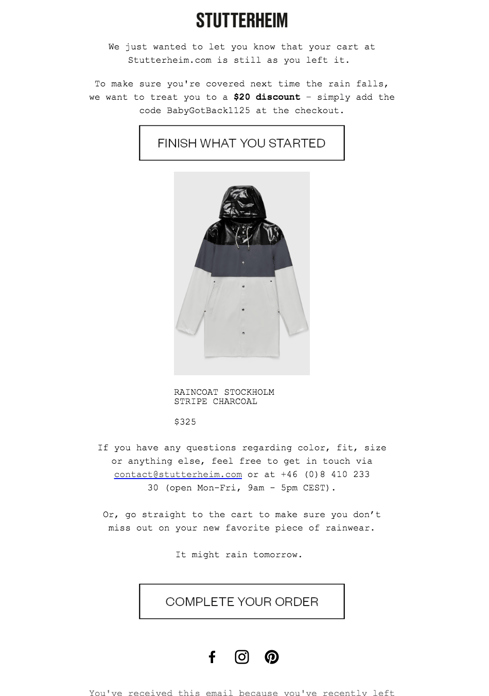
Image source: Stutterheim
Assuming you’ve priced your products reasonably, it’s important that you don’t use your abandoned cart emails to offer heavy discounts and price reductions, as it can seriously devalue your products in the eyes of your customer.
Instead, use incentives strategically.
You’ve determined the messaging of your abandoned cart email and exactly what type of incentives you’ll use to prompt customers to come back and complete their purchase.
Now, it’s time to A/B test your emails in order to optimize them for the most conversions.
A/B testing an abandoned cart email is exactly what the name implies: you create 2 versions of an email (an A version and a B version) and test them against one another to see which one performs best.
Both emails are identical, apart from the one aspect that you’re looking to test. Things that are typically compared during an A/B test are:
You then send 50% of your target audience the A version and 50% of your target audience the B version and see which one is the most successful.
You are not a mind-reader, so no matter how much research you do and analysis of your customer base, you can still only make an informed guess about your customers.
When it comes to crafting a high-converting abandoned cart email, you might look at behavioral data and segment as much as possible—but in the end, this can only get you so far.
A/B testing acts as a side-kick to any marketer looking to identify exactly what works to reduce abandoned cart rates. A/B tests give you real data on what your customers want, so you can transform those informed guesses into high-converting email content.
It’s clear that email is a powerful channel to help you reduce your abandoned cart rates.
By following the simple steps of defining your key messages and what your abandoned cart email should say, to adding thoughtful incentives and A/B testing your content along the way, you’re setting your eCommerce business up for success.
Abandoned cart emails are just one small piece of the eCommerce marketing pie. While they’re a powerful tactic that can drive immediate results, they’re best paired with a kick-ass eCommerce lead nurturing strategy that touches prospects along the entire buyer’s journey.
Get our Abandoned Cart Campaign for HubSpot-Shopify today to optimize your sales conversions. This campaign comes with customizable email templates and abandoned cart workflows. Our marketing technologists will help you with the initial set up so you can save time and start winning back abandoned carts right away.
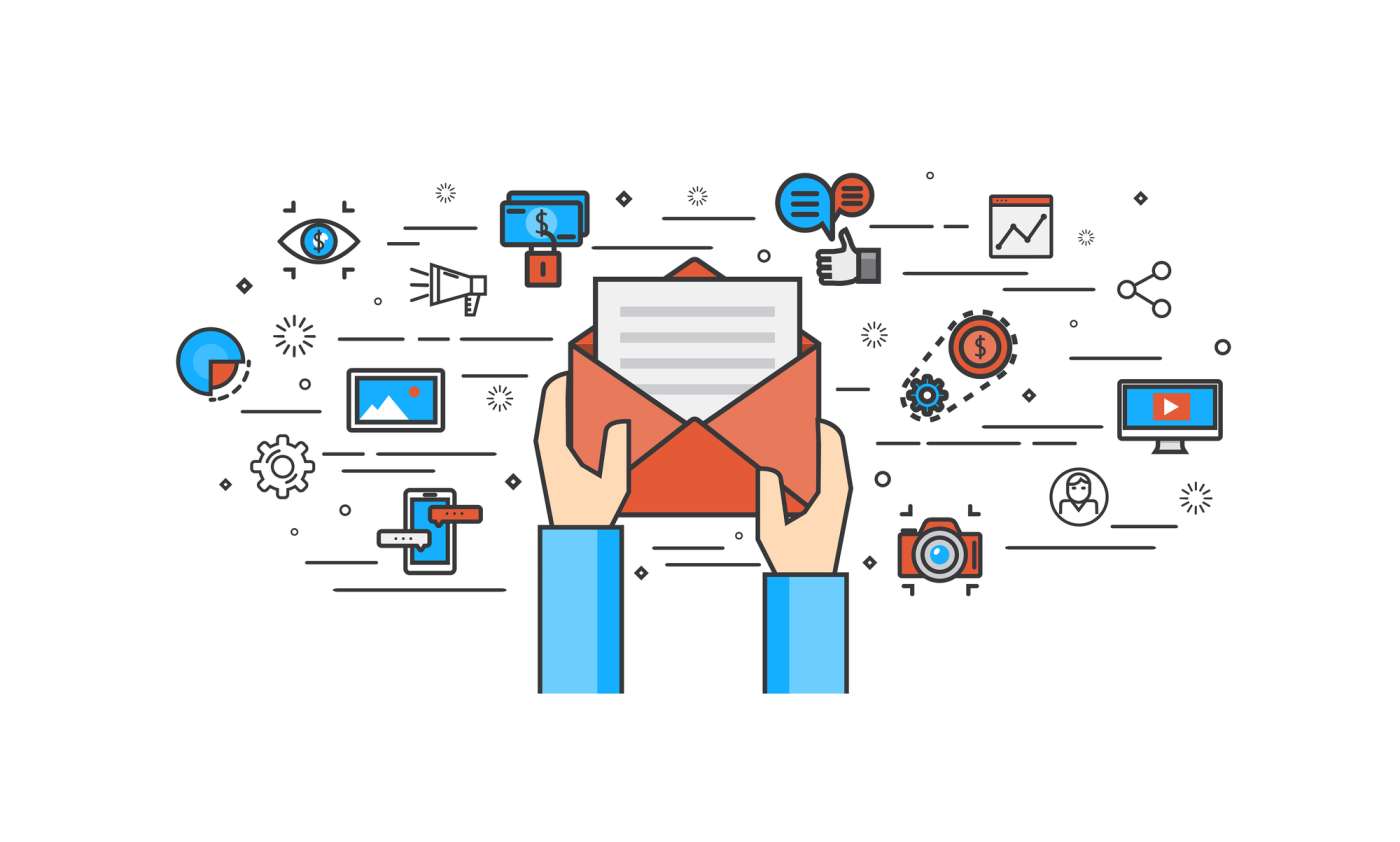
If you’re looking to optimize your eCommerce marketing, you should start with your eCommerce email marketing automation strategy.
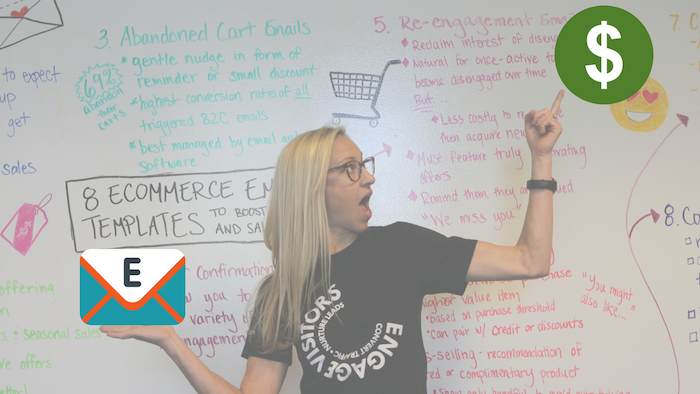
For many eCommerce businesses, retaining new customers is every bit as big of a challenge as attracting their attention in the first place. Lead...
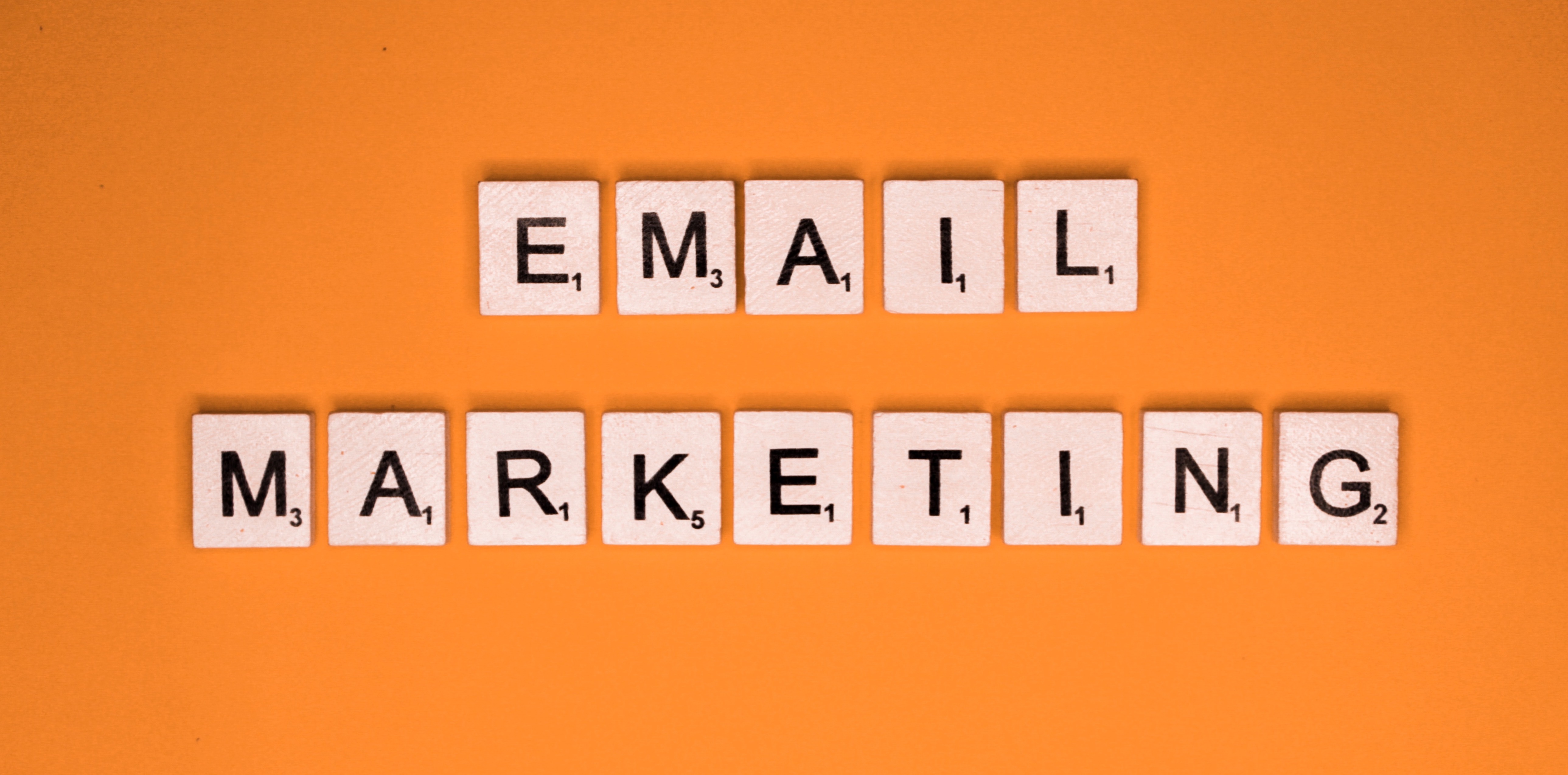
When it comes to email marketing, online store owners can benefit from using a platform that is dedicated to their eCommerce marketing success, which...